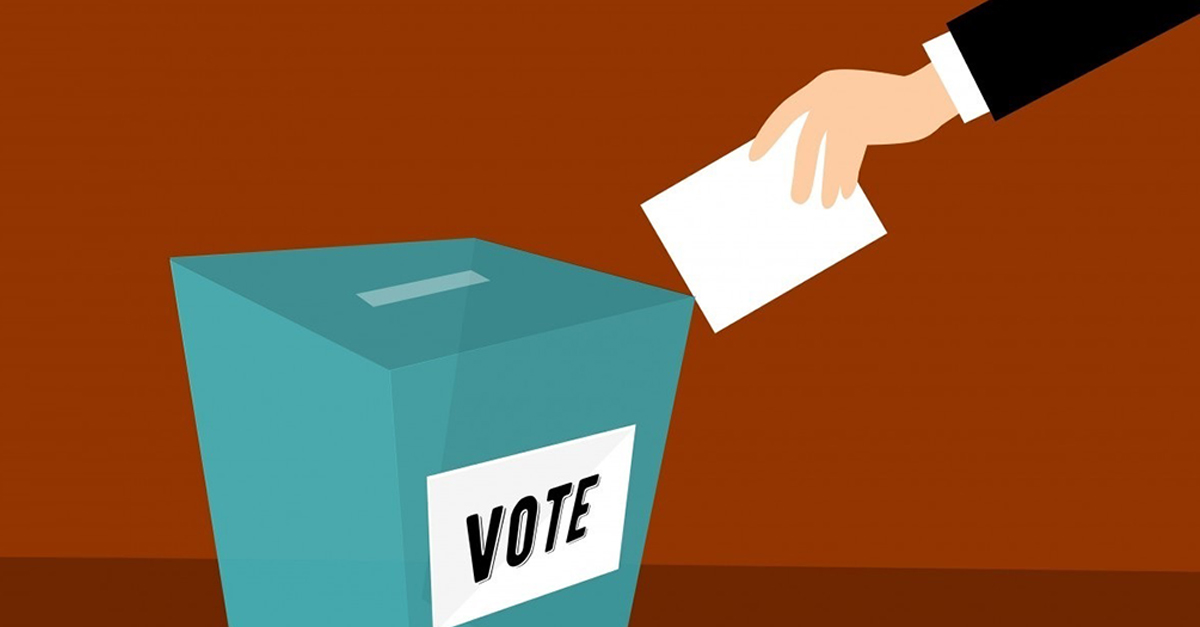
24 Sep Election 2020
It would be a huge understatement to say that a lot has changed since we published this GIFT last year, but one thing has not – Tuesday, November 3, 2020 is Election Day!
With the election only 6 weeks away, we have updated our “Good Ideas for the Taking” to address the pandemic’s impacts on voting this year.
Voting by mail, also known as absentee voting, is conducted by a mail-in ballot before Election Day. Vote by mail has taken on a new importance this year as public health officials continue to recommend that people stay at home as much as possible to prevent the spread of COVID-19.
Rules about absentee voting vary by state. In most states, registered voters must request a mail-in ballot. Some states require a valid excuse for not voting in person on Election Day, whereas other states allow any registered voters to request absentee ballots. In response to COVID-19, many states have expanded access to voting by mail, and others, like California, have enacted universal vote by mail.
Few states have universal vote by mail, in which every person registered to vote is sent a mail-in ballot by default. This does not eliminate in-person voting; rather, this practice is meant to increase voting accessibility and protect public health. A major hurdle for voting by mail is that ballots must arrive by a certain deadline to be counted. Additionally, mail-in ballots can be rejected because of easily avoidable errors like forgetting to sign a form. With federal funding for the Postal Service – a central entity in ensuring ballots are delivered in time – in limbo, voters are being instructed to mail in their ballots early to safeguard against expected delays.
A myriad of changes around voting by mail, compounded by a barrage of misleading and conflicting information about the practice, has left many confused about the actual process. Widespread voter education – especially in communities targeted by voter suppression efforts – will be key to achieving safe elections this fall.
Corporations and foundations should take this opportunity to utilize their platforms and philanthropic dollars to ensure all registered voters can cast their ballots on time and that every ballot is counted. Here are some of our ideas:
Minimal Effort
- Utilize company-wide communications channels to share nonpartisan voting information with employees, including voter registration, voting by mail and the associated deadlines, and locations of voting centers.
- To drive engagement, consider designing branded graphics or sharing creative posts like this one summarizing every state’s vote by mail deadline.
- Share voter registration resources on your company website and other external-facing communications channels.
- Check out Vote.org’s free, nonpartisan online tools.
Some Effort
- Institute annual civic time off (like paid time off to volunteer) that employees can use to volunteer in civic activities, like as election poll workers.
- Poll worker shortages at in-person voting centers are expected since most poll workers are over the age of 60 and at high risk of contracting COVID-19. Encourage interested employees to volunteer as poll worker by signing up at Power the Polls, and offer PTO for those who do so.
- Host a virtual nonpartisan voter education event to ensure employees and their families have the necessary tools to vote.
Significant Effort
- Donate to a nonpartisan voting rights nonprofit organization.
- Consider supporting groups that are working in historically disenfranchised communities, combatting voter suppression, or assisting specific groups of voters like people with disabilities or language minorities. Check out Philanthropy California’s Fair 2020 Election Funding Guide to start.
- Partner with a local community organization to host a virtual nonpartisan voter education event.
- Consider what non-monetary resources your organization can contribute to the community’s voting infrastructure.
- Some large facilities can be safely used as voting centers. Several major sports arenas have partnered with local election officials and nonprofits to host voting centers, such as Dodgers Stadium and Lebron James’ group, More Than a Vote.
- Are you a food company? Share snacks! Beverage brand? Send drinks! Stereo manufacturer? Host a DJ booth. You get the idea…


